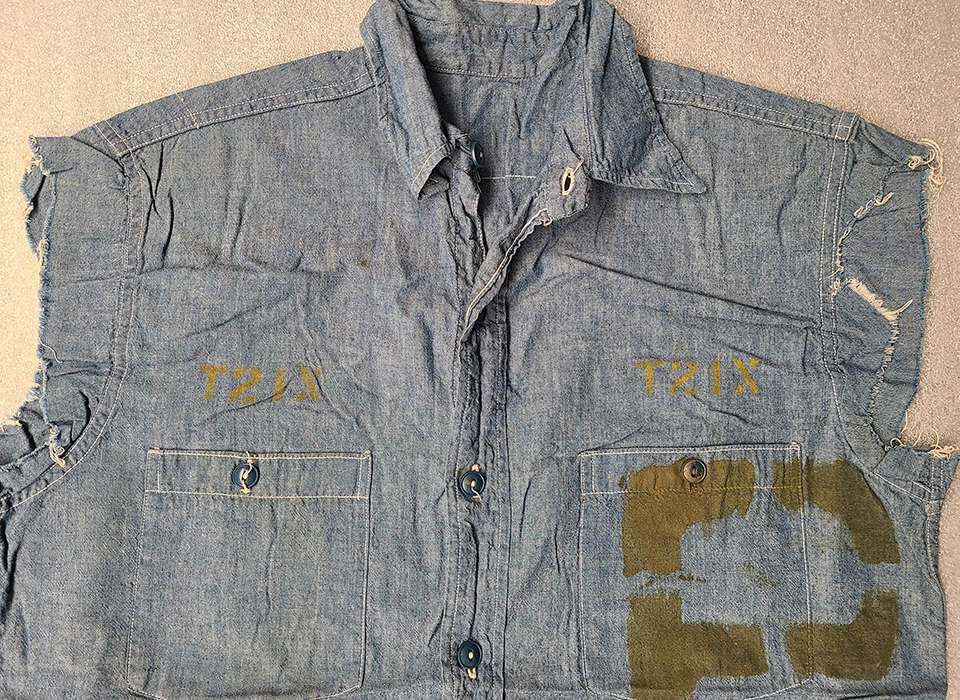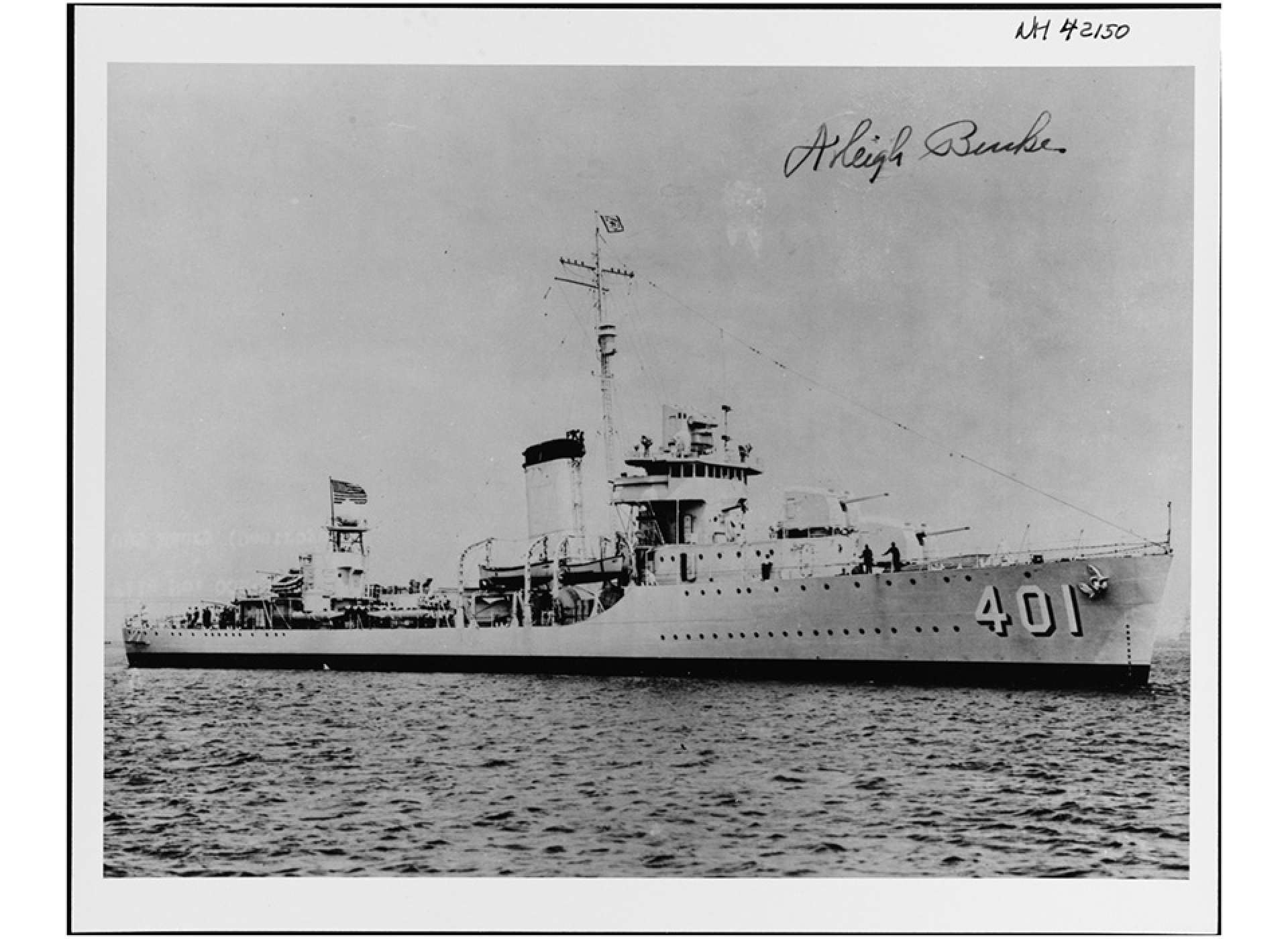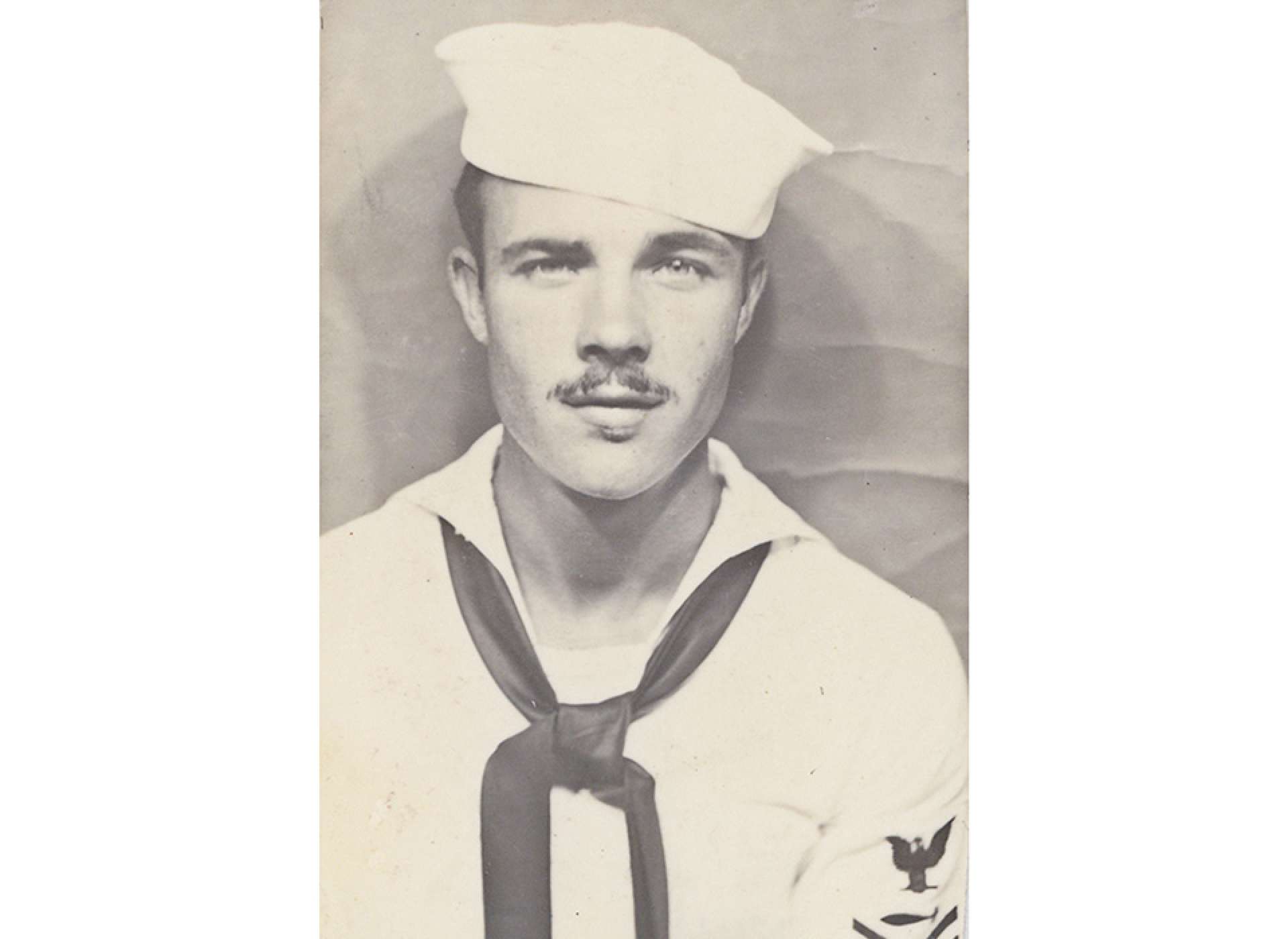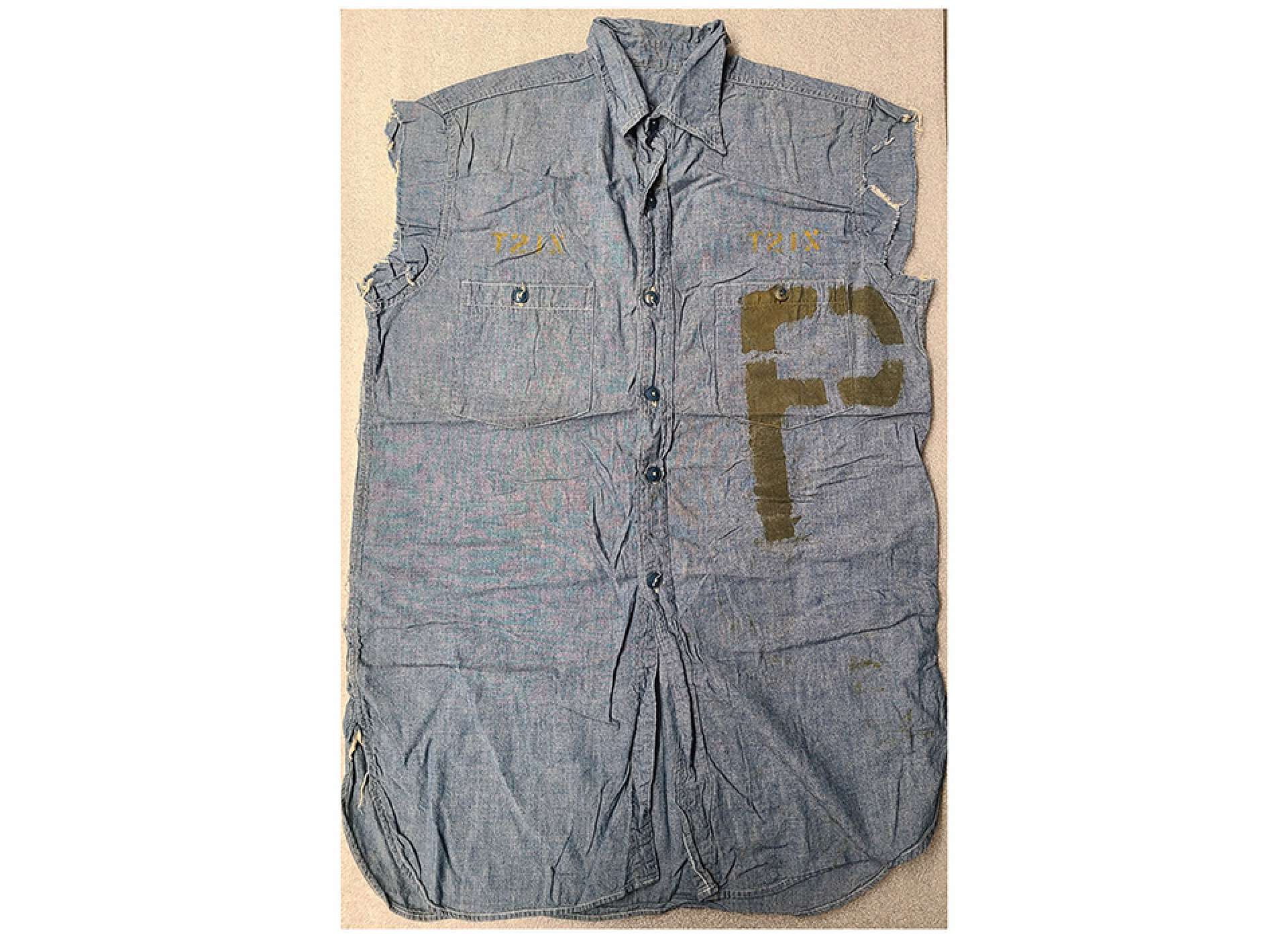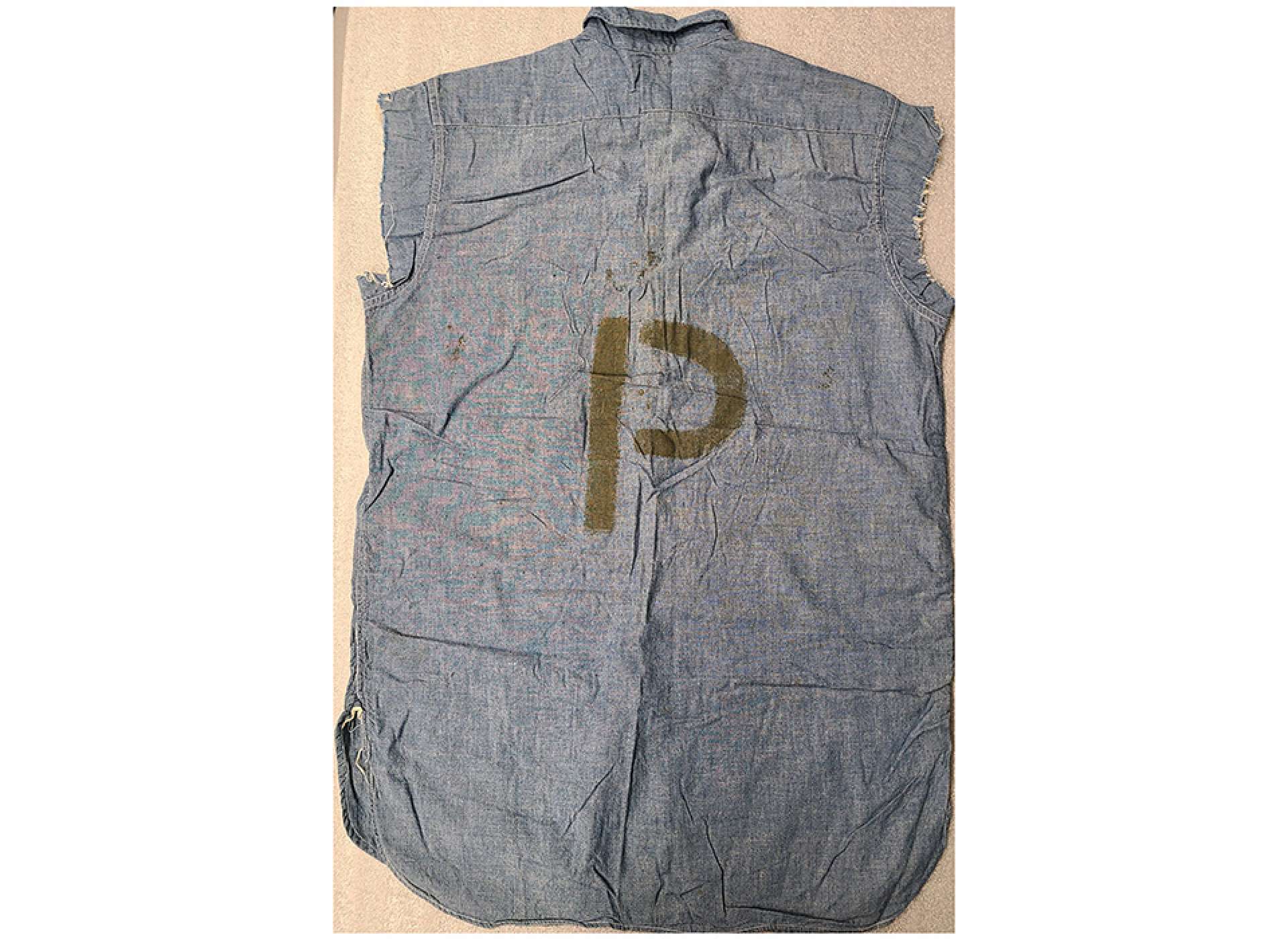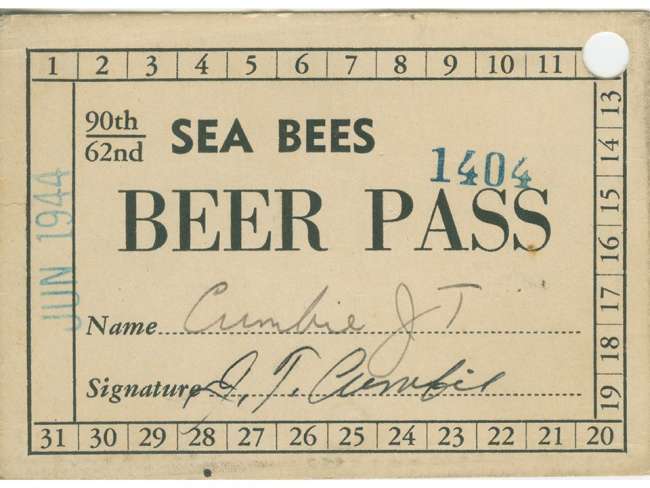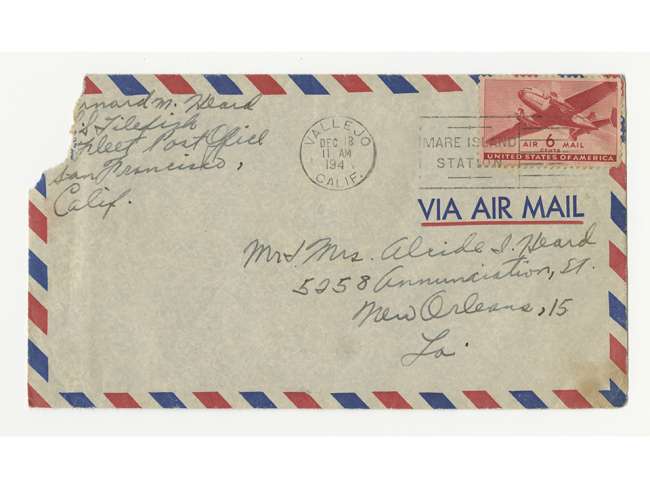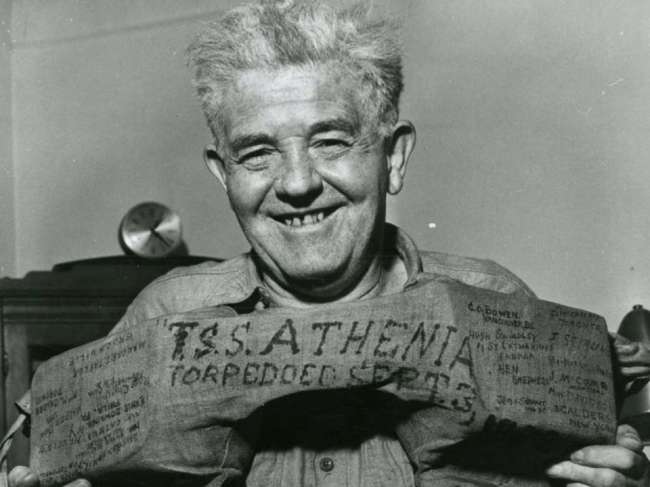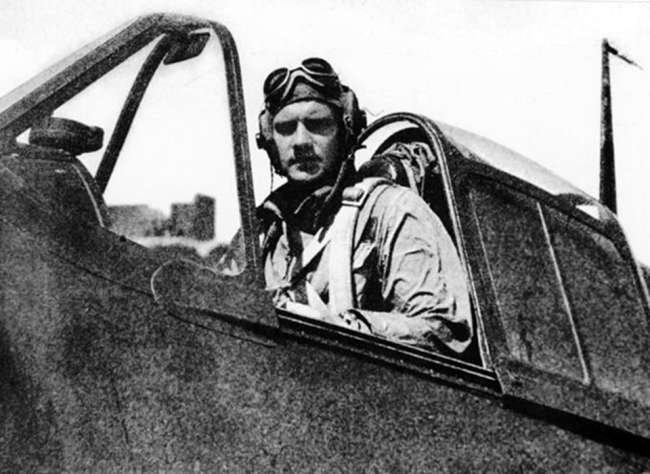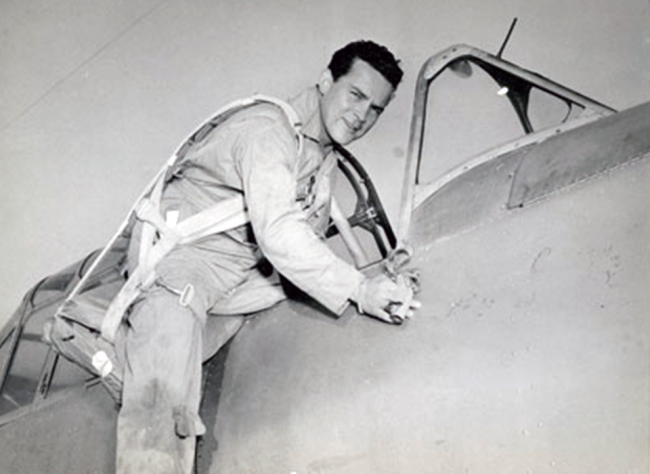Cold beer on a hot day. For those that are of legal drinking age and can responsibly have a drink, a cold beer can be a great reward after a hard day’s work or a nice perk while relaxing with friends. Beer is almost as old as society; for thousands of years it was a great way to preserve crops, or in a naval context, make water safe for drinking over long voyages. To the modern American, beer is a constant companion to our history. Beer has gone through many phases in the United States, starting with ales and migrating through lagers, pilsners, IPAs, and craft brews as new immigrants and cultures left their foamy impact on America.
Steel can of beer from Hudepohl Brewing Company. Hudephol, founded in 1885 in Cincinaiti, Ohio, was one of many breweries that supplied beer to the American war effort. Steel cans, a relatively new technology in the 1940s were an efficient way to ship beer over long distances and became a mainstay of overseas beer drinking for servicemen. From the Collection of The National WWII Museum, Gift of Nancy Shoemig, 2012.275.001.
For thousands of years beer was brewed in barrels or clay vessels. This product was not nearly as carbonated as modern beer and needed to be consumed within days or hours of being opened. Temperature was a different concept as well with “ice cold” being the norm only in the last 100 years. After thousands of years of cask brewing, beer began to be available in bottles and cans. Soon it could be moved around more freely. Add ice, and later refrigeration technology, and the modern beer was born—cold, crisp, and mobile. When the United States entered World War II, it was met with the challenge of fighting a war all over the world. As a result, the United States had to bring everything it needed to win—tanks, bullets, toilet paper, rations, landing craft, construction equipment, underwear, mules, and beer. Over the course of its history, beer has been known to generate a story or two as the result of its consumption. One story that always comes to mind to this author when cracking open a beer is the escapade, or incident, depending on your point of view, of Torpedoman’s Mate Second Class (TM2/c) John T. Olcott at the Fleet Recreation Center on Aore Island.
-

Pre-war photograph of USS Maury (DD-401). A member of the Gridley-class, the Maury was known for her high speed and large torpedo armament. By the end of World War II, Maury had participated in 16 battles and campaigns and sank three Japanese destroyers. Naval History and Heritage Command.
-

Torpedoman’s Mate Second Class John Timothy Olcott. From the Collection of The National WWII Museum, Gift In Memory of John Timothy Olcott, 2018.020.
To be fair to Olcott, this story began out of his control on July 1, 1914, when General Order Number 99 went into effect banning the consumption of alcohol on US Navy vessels and shore stations. Beginning in 1794, a daily ration of one-half pint of “distilled spirits,” or a quart of beer, was approved for all sailors of the US Navy. This followed the maritime tradition of providing sailors with alcohol, most famously by the British Royal Navy. The rations continued to flow freely until 1862, when the practice was discontinued. Even then, supplies of “medicinal” alcohol were still permitted to remain aboard ships, and sailors could still purchase their own. Over the next 50 years, the practical side of not having sailors constantly drinking while aboard ship, and the pressures of the growing temperance movement, led to further rule changes ultimately resulting in General Order Number 99. However, the rules did not stop in 1914. Just three years later, sale of alcohol to uniformed sailors was banned, followed in 1918 by the creation of five-mile exclusion zones around naval installations where the sale or consumption of alcohol was prohibited. Keep in mind that during this time officers still had ways of having a regular drink through wine messes, personal supplies, officers’ clubs, and the ships’ “medicinal” stash.
By the beginning of World War II, alcohol would never return to its pre-Civil War status in the US Navy, but it would make an appearance. Realizing the importance of good morale and relying on the discretion of captains and base commanders, beer and other alcoholic beverages were allowed at base canteens and at recreation facilities, albeit in a very controlled manner, with the rule of thumb: two beers per sailor. For sailors in the Pacific theater, service entailed not seeing a friendly port for months at a time. To provide some relief for these war-weary men, recreation facilities were established at forward operating bases. These facilities had beaches for swimming, baseball diamonds, movies, ice cream, and beer. When a ship arrived at an anchorage that had a recreation facility, liberty parties were organized, beer tokens (two per man) were passed out, and the relaxation began.
On March 11, 1943, the USS Maury (DD-401) arrived at “Button,” the code name for Espiritu Santo, and dropped anchor in Seagond Channel. One of the exhausted men on Maury was Torpedoman’s Mate Second Class John T. Olcott. At that point in the war, Olcott had been with the Maury for 21 months, first joining the ship in June 1941. Olcott enjoyed six blissful months of duty in Pearl Harbor in one of the newest, fastest, and heaviest torpedo-armed destroyers in the US Pacific Fleet before the Japanese brought peace to an end on December 7, 1941. On that fateful day, Olcott was actually in Pearl Harbor attending torpedo school at the submarine base. He survived the attack and rejoined his ship a few days later when the Maury returned from escorting a carrier task force. From that day on, Olcott’s time in the navy was all war and little liberty.
Between December 7, 1941 and March 1943, Olcott participated in the raids on Marcus and Wake Islands, the Battle of Coral Sea, Battle of Midway, Battle of Eastern Solomons, and the Battle of Santa Cruz Islands. After Santa Cruz, the Maury was assigned to service in the Solomon islands. By February 1943, the Maury had been dodging terrifying air attacks, running convoys, searching for submarines, and performing all the duties of a “tin can” without getting near a hint of civilization. By March 1943, Olcott had not even left the ship for almost two months. Needless to say, when USS Maury dropped anchor at Espiritu Santo on March 11, 1943, Olcott was ready for more than two beers.
The rest of this story can only be put together through secondary sources, and since we cannot speak to TM2/c Olcott, the only physical legacy of his time at the Fleet Recreation Center is his tattered chambray shirt, bearing the mark of a green “P.” Deck logs do not indicate when liberty was granted, but at some point between March 11 and March 22, 1943, Olcott left the battered steel decks of USS Maury for the sandy, welcoming shores of Aore Island. Soon Olcott realized two beers were just not enough. How could the navy treat men like this? After losing friends, seeing ships sunk, balancing on the razor thin wire of combat stress, boredom, and duty? The emotions overwhelmed Olcott to the point of grabbing one of the navy-issued recreational baseball bats and destroying the compressor, the cold heart of the stingy beer cooler.
This single defiant act did not start a revolution, in fact it made everyone mad that their two beers would no longer be cold, but Olcott had made his statement. Shortly after, he was arrested and in naval terms “put on report.” Naval justice follows a unique system that is arranged under the captain of the ship or commander of a base. Essentially, an offender is put on report and stands before the commanding officer the next morning. The officer decides to either punish, forgive, or move the offence to the next higher court. Olcott was lucky he came under the jurisdiction of the commanding officer of the Maury Lieutenant Commander Gelzer L. Sims. When asked to explain himself, he had no excuse for what he did.
Sims recognized that Olcott was one of their best men, and though he had destroyed Navy property, perhaps given everything he and the crew had gone through, it was not worth punishing him further than he already had been by missing out on the rest of liberty. In the end Sims dismissed the charges and nothing came of it. This story has been reconstructed from a number of sources. However, the most telling item from this event was left by Olcott himself—he kept the chambray shirt he was wearing. Painted on the front and back are a large green “P” indicating that the wearer was under arrest. I like to think that after the charges were dropped the concerned parties each went back to their group of friends and had a laugh about the time Olcott destroyed the beer cooler.
-

Front of John Olcott’s chambray shirt. Chambray shirts were the working uniform of US Navy Sailors. Olcott’s shirt is unique in that the sleeves have been removed, likely to deal with the tropical heat of the Pacific, and a large green “P” indicating his arrest was painted on the front and back of the shirt. From the Collection of The National WWII Museum, Gift In Memory of John Timothy Olcott, 2018.020.
-

Back of John Olcott’s chambray shirt. From the Collection of The National WWII Museum, Gift In Memory of John Timothy Olcott, 2018.020.
On March 22, 1943, USS Maury weighed anchor, leaving the Fleet Recreation Center, and Olcott’s misdeeds, behind. The next few months would be much of the same as the previous—convoys, air raids, and battles. Unaffected by his protest over the two-beer limit, Olcott continued to serve with distinction, manning one of the mounts that fired a spread of torpedoes that sank three Japanese destroyers in the Battle of Vella Gulf. When Olcott was detached from the Maury, he wore ribbons on his dress uniform indicating seven campaign stars, a Presidential Unit Citation with a Blue Star, and Purple Heart. By the end of the war he had certainly earned more than two beers.
Joshua Schick
Cite this article:
MLA Citation:
APA Citation:
Chicago Style Citation:
